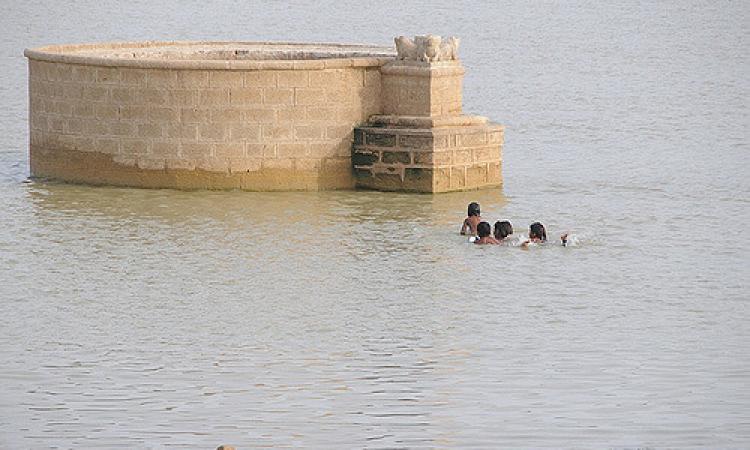
Gujarat tops Niti Aayog's composite water management index
Gujarat has topped Niti Aayog’s composite water management index which ranked states on the basis of nine crucial parameters and 28 indicators relating to various aspects of water management. While Tripura emerged as the top performer in the Northeast, Madhya Pradesh, Andhra Pradesh, Karnataka and Maharashtra have also done well. Jharkhand, Haryana, Uttar Pradesh and Bihar occupy the bottom of the list.
Government acknowledges existence of 53,236 manual scavengers in the country
An inter-ministerial task force has filed the existence of 53,236 manual scavengers in the country. Though this presents a four-fold increase from the 13,000-odd scavengers listed in official records so far, it continues to be a gross underestimate as data from only 121 districts in the country have been incorporated in it. The data also doesn’t take into account those cleaning sewers and septic tanks or the people employed by the railways to keep platforms clean. The maximum number of scavengers listed are from Uttar Pradesh.
NGT-appointed commission calls Bellandur lake Bengaluru's biggest septic tank
The three-member independent commission set up by the National Green Tribunal has termed Bellandur lake as Bengaluru’s biggest septic tank. Thanks to mindless encroachments, dumping of sewage and solid waste, the lake’s area and holding capacity have reduced drastically. The commission had earlier stated that de-weeding the lake would be a futile exercise and could possibly do more harm than good.
Preventing tidal waters from entering mangroves destroys 4,550 trees in Navi Mumbai: Forest department
The Maharashtra Forest Department has disclosed that preventing tidal waters from entering mangroves has resulted in the destruction of 4,550 trees spread across 4.5 hectares at Jawaharlal Nehru Port Trust (JNPT) in Navi Mumbai. Investigations reveal that blocking of culverts which brought in tidal waters has led to the death of plants around the port. The JNPT had obtained official permission for destroying 19 hectares of mangroves. Studies are on to see if they were destroyed over and above the limit allowed by the MoEFCC.
Central Water Commission to use technologies developed by Google for improved flood forecasting
The Central Water Commission (CWC) has signed an agreement with Google which will allow it to access the latter’s state-of-the-art technologies relating to artificial intelligence and geospatial mapping to improve flood forecasting. The arrangement is expected to improve the CWC's information system on flood prediction through which flood warnings would be made more accurate. Google Earth is also expected to be put to good use to help visualise and improve flood management.
This is a roundup of important news published between June 12 and 18, 2018. Also, read policy matters this week.